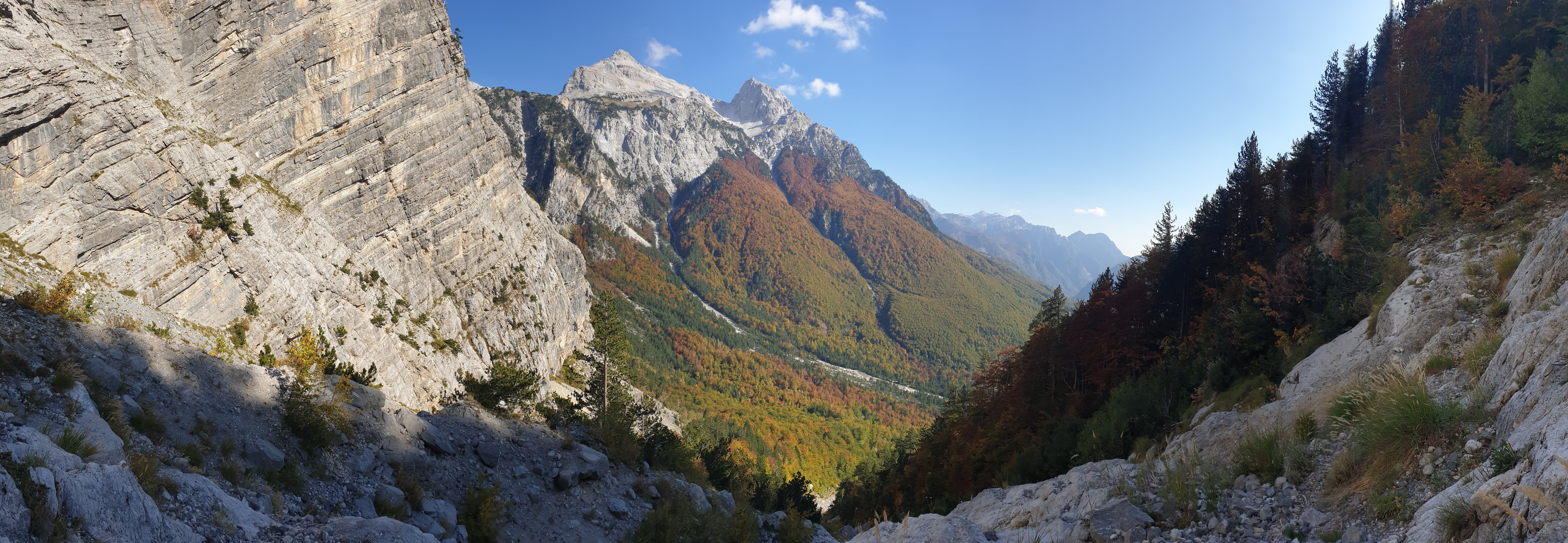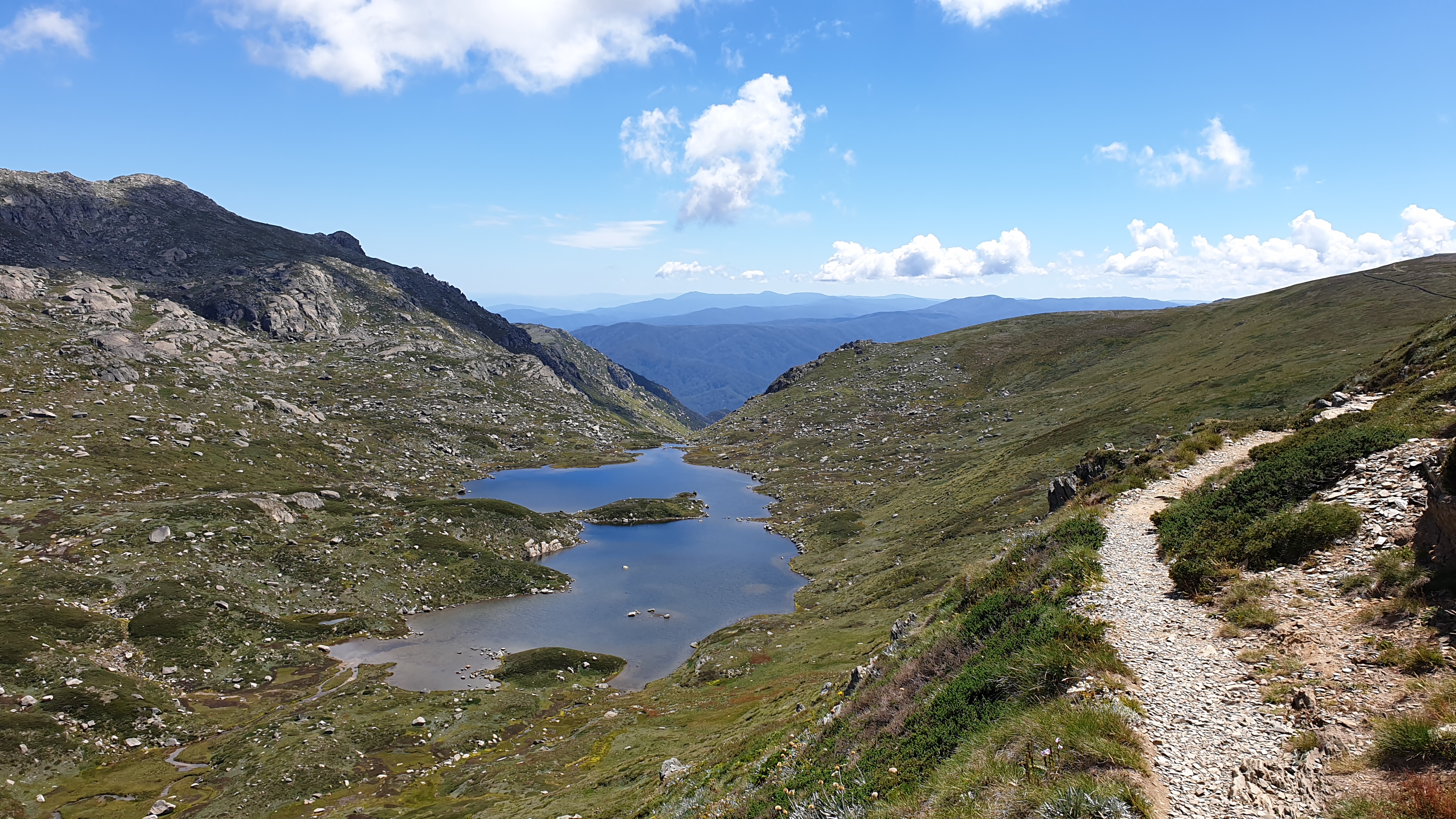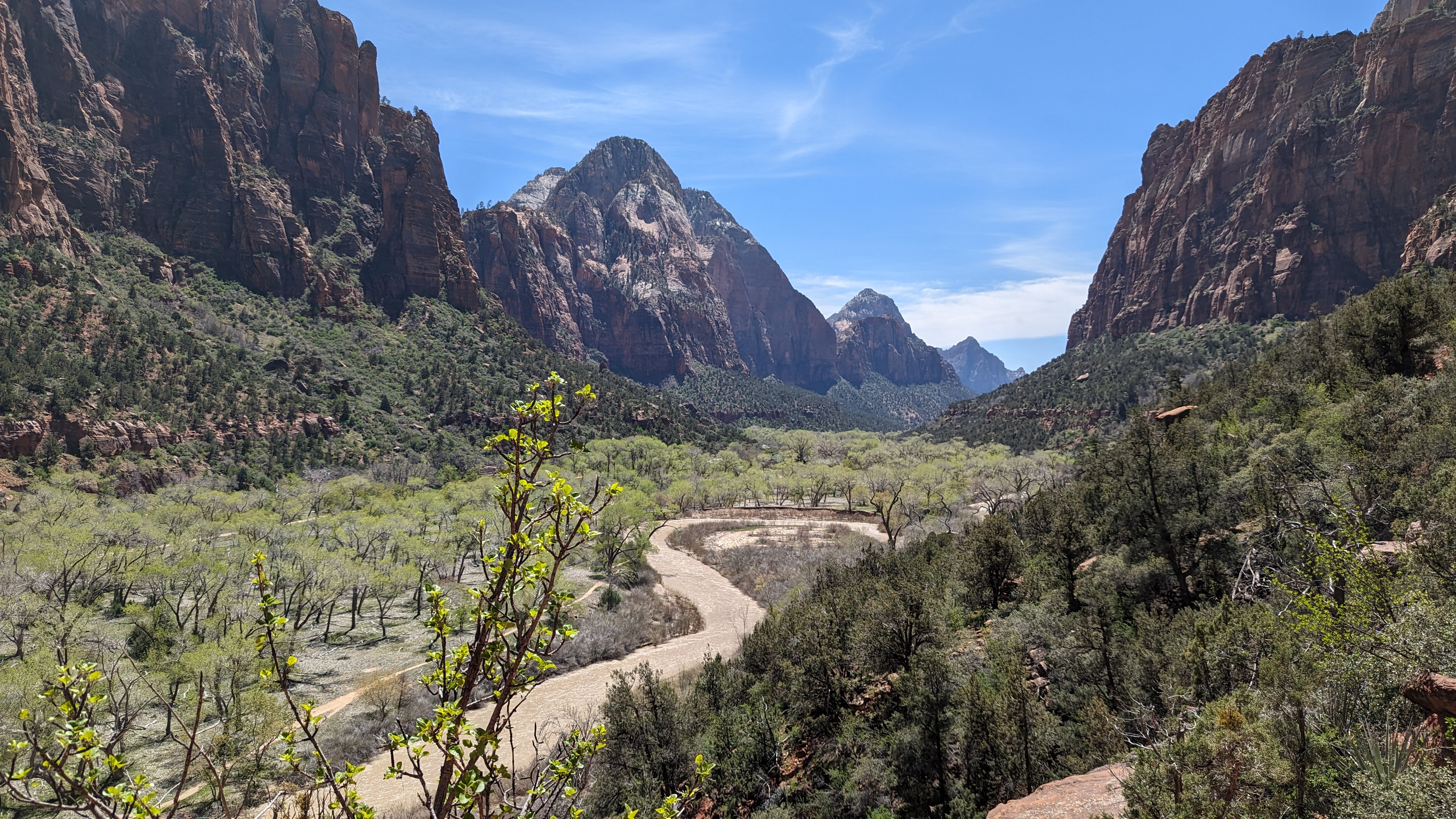Virginia, USA - May 2016
Sunrise From McAfee Knob
Sunrise From McAfee Knob
Snettisham Sunset
Mediterranean Sunset
View From The Tent
Autumnal and Accursed
The Gang Falls Off A Tree
On Top of the (Aussie) World
The Devil’s Backyard
Back Down The Valley
1 2 … skip a few … 12? 
Cranko Page, J., De Kauwe, M. G., Abramowitz, G., Cleverly, J., Hinko-Najera, N., Hovenden, M. J., Liu, Y., Pitman, A. J., and Ogle, K. 2022. "Examining the role of environmental memory in the predictability of carbon and water fluxes across Australian ecosystems." Biogeosciences 64(2): 295–305. 19, 1913–1932, doi:10.5194/bg-19-1913-2022
Cranko Page, J., De Kauwe, M. G., Abramowitz, G., & Pitman, A. J. 2022. "Non-stationary lags and legacies in ecosystem flux response to antecedent rainfall." Journal of Geophysical Research: Biogeosciences 128, e2022JG007144. doi:10.1029/2022JG007144
Cranko Page, J., Abramowitz, G., De Kauwe, M. G., & Pitman, A. J. 2024. "Are Plant Functional Types Fit for Purpose?" Geophysical Research Letters 51, e2023GL104962. doi:10.1029/2023GL104962
Abramowitz, G., Ukkola, A., Hobeichi, S., Cranko Page, J., Lipson, M., De Kauwe, M. G., Green, S., Brenner, C., Frame, J., Nearing, G., Clark, M., Best, M., Anthoni, P., Arduini, G., Boussetta, S., Caldararu, S., Cho, K., Cuntz, M., Fairbairn, D., Ferguson, C. R., Kim, H., Kim, Y., Knauer, J., Lawrence, D., Luo, X., Malyshev, S., Nitta, T., Ogee, J., Oleson, K., Ottlé, C., Peylin, P., de Rosnay, P., Rumbold, H., Su, B., Vuichard, N., Walker, A. P., Wang-Faivre, X., Wang, Y., and Zeng, Y. 2024. "On the predictability of turbulent fluxes from land: PLUMBER2 MIP experimental description and preliminary results." Biogeosciences 21(23), 5517–5538. doi:10.5194/bg-21-5517-2024
This is a description of your talk, which is a markdown files that can be all markdown-ified like any other post. Yay markdown!
This is a description of your conference proceedings talk, note the different field in type. You can put anything in this field.
Undergraduate course, University 1, Department, 2014
This is a description of a teaching experience. You can use markdown like any other post.
Workshop, University 1, Department, 2015
This is a description of a teaching experience. You can use markdown like any other post.